Description
ADHD and Attention Difficulties provides a complete introduction to this complex and sensitive topic. The book explores the issues, challenges and experiences commonly faced by a young person with ADHD – and how parents, carers, teachers and schools can help. The premise of the book is that those who struggle with attention difficulties respond best to people who understand that it is neurological deficits, not unwillingness, that prevent them from behaving and learning like their peers.
View a sample of the book below
Authors
FIN O’REGAN is a Behaviour and Learning Consultant and Trainer who works nationally and internationally with schools and support systems to design management strategies for children and families struggling with special educational needs and behaviour issues. From 1996-2002 he was Head Teacher of the Centre Academy, the UK’s first school to specialise in issues related to ADHD, Autism and ODD. Fin has written books and articles on a range of learning, behaviour and socialisation issues.
SARA CAVE is Specialist Teacher for the Specialist Teaching and Learning Service in Ashford, Kent, advising and supporting mainstream schools and working in partnership with schools, parents and agencies to build capacity for inclusive practice for neurodivergent students who may face barriers in accessing the curriculum. Prior to this, Sara was a SENCO in a village primary school in Kent. She has extensive classroom experience working with children with attention difficulties.
Details
ISBN: 9781913414122
Publication: March 2022
Publishers: Pavilion Publishing and Media Ltd
Content
Series Preface; About the Authors;
Authors’ Preface; How to Use This Book
Part 1: Introduction
- What is ADHD?; 2. Causes and consequences; 3. Assessment and diagnosis; 4. Overlapping issues; Ten key things to know about ADHD
Part 2: How teachers can help
- Why are they bored?; 6. How can I create a class that’s ready to learn?; 7. Why can’t they remember and how do I support them?; 8. Organising the disorganised; 9. Promoting positive behaviour; 10. Why don’t they listen?; 11. Self-regulation; 12. Developing effective rapport, relationships and resilience
Part 3: How parents and professionals can work together
- The importance of parent-school collaboration; 14. Support through referral and assessment; 15. The role of medication; 16. Coaching, counselling and CBT; 17. Diet, sleep and exercise; 18. ICT and Speech and Language Therapy; 19. Transitions; 20. Adults & ADHD
Part 4: How parents can help
- What does ADHD do to a family?; 22. Diagnosis: the facts; 23. Working with schools; 24. Working with teachers; 25. Activities outside school; 26. Discipline and behavioural changes; 27. Social skills and situations; 28. A typical day
Part 5: Conclusion and resources
29. Summary; 30. Advice for parents and carers; 31. Advice for teachers; Appendices
About the Topic
ADHD is a condition that impacts behaviour. Those affected often seem restless, struggle to concentrate and act impulsively. ADHD affects around 5% of school aged children, especially boys. As many as 75% of individuals with ADHD have at least one other diagnosable condition.
The exact cause of ADHD is not known, but it is thought to have genetic and neurological factors. Researchers have found a range of possible differences in the brains of people with ADHD compared to those without ADHD. The child’s environment can also play a part, as can developmental injury to specific brain regions, drug use during pregnancy and premature birth.
There is no ‘cure’ for ADHD; however it can be managed with appropriate educational support, advice and support for both parents and children, alongside medicine, if necessary.

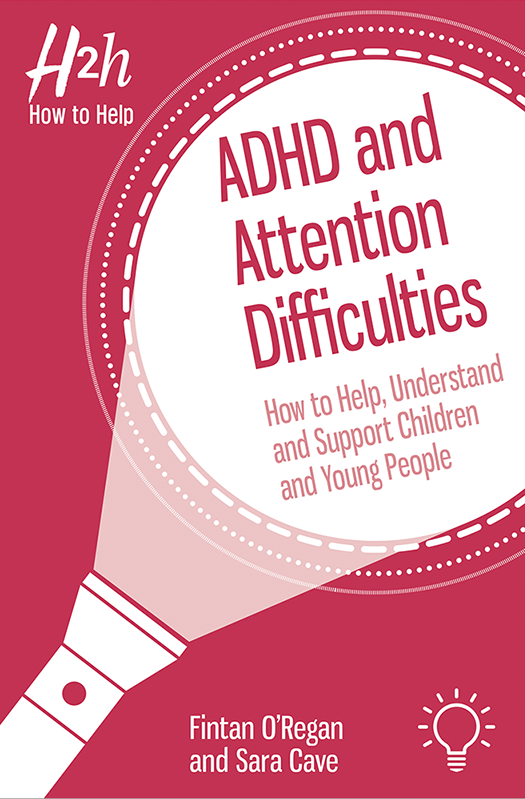
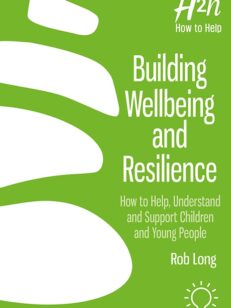
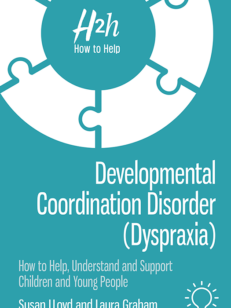
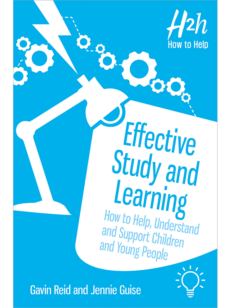
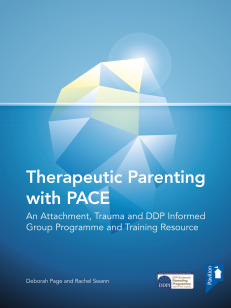
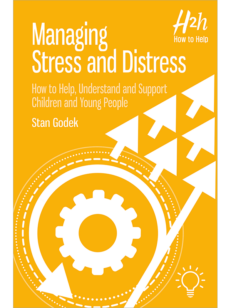
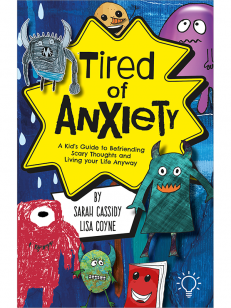
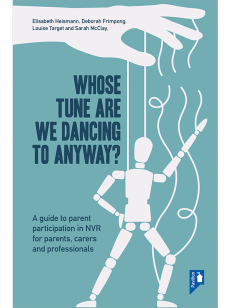
Jennifer Heseltine Specialist Senior Educational and Child Psychologist, Shropshire Educational Psychology Service –
Written by authors who have drawn from professional experiences in teaching and education, this book provides both an introduction and a practical, accessible guide, to Attention Deficit
Hyperactivity Disorder (ADHD). It covers a range of areas, including learning at school, support for behaviour, working in partnership with others, and ADHD issues at home. While acknowledging that there are a range of traits and behaviours commonly associated with ADHD, the authors highlight the concept of ‘consistent inconsistency’ which refers to how children with
ADHD often present with erratic performance that perplexes parents and teachers. The problem is not that they cannot do the work, but that they cannot sustain their productivity
in the way others can (Barkley, 1997). The authors emphasise the need for individualised approaches, and ‘How to Help’ sections at the end of chapters provide key points and practical
strategies. The text draws on a range of relevant theoretical concepts and refers to potentially useful strategies such as Kuypers’ ‘Zones of Regulation’ and Grey’s ‘Comic Strip Conversations’. Two chapters, one on how ADHD can affect memory, and another on research into the use of supportive technology, are particularly interesting.
Some important references are made to co-occurring and overlapping conditions and to the systemic view that ADHD is impacted by complex interacting components including environmental factors. While the book does not rely solely on a medical model it may have been useful to provide an explicit acknowledgement of the view that disrupted attachment and developmental trauma can present in a similar way to ADHD, leading to inaccurate identification in some cases.
While noting that medication can appear to provide positive benefits for some, cautionary observations are also made: for example, that medication does not ‘cure’ ADHD; that there can
be side effects; and that it remains a controversial area. The authors observe that medication is often one of the first treatments offered to manage ADHD (page 6) and later recommend that
medication should only be considered: ‘where earnest attempts at non-medical intervention have proved insufficient’ (page 107). It may have been helpful to provide signposting to
a more thorough research base concerning the benefits and risks involved in medicating, particularly in the case of children and young people. However, in fairness, there is a distinct
shortage of research examining the long-term impact of medication on the developing brain (Chang et al., 2019; Cortese et al., 2018), which means that we don’t yet know a great deal
about the potential risks.
The authors do in fact place high importance on non-medical strategies, such as developing adaptive coping mechanisms, making environmental adjustments, developing self-regulation,
sensory management, and others providing direct support. ‘Begin with need, not diagnosis’ is a succinct but important point made.
The book is well organised and easy to follow. It concludes with some first-hand personal accounts from parents of children with ADHD, and from adults living with ADHD, including
positive life outcomes and powerful stories of resilience in the face of the challenges presented. Authentic and honest narratives from families describing the challenges of parenting
a child with ADHD will likely resonate with readers who may be at the start of their ‘ADHD journey’. Finally, signposting to potentially helpful organisations continues the practical and
user-friendly overall approach.
Recommended for: teachers, teaching support staff, key workers, and parents.
Style: practical, easy to read.